The Giza Zoo: Re-Appropriating Public Spaces, Re-Imagining Urban Beauty
Chapter/contribution.
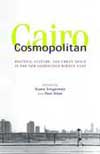
The Giza Zoo: Re-Appropriating Public Spaces, Re-Imagining Urban Beauty,
in Amar P. and Singerman D. (eds), Cairo Cosmopolitan: Politics, Culture, and Urban Space in the New Globalized Middle East, The American University in Cairo Press (2006), ill., p. 489-511.
ISBN: 9774249283 — 978-9774249280
DOI: 10.5743/cairo/9789774162893.003.0019
PDF File: https://hal.science/halshs-00106861/en/
– See details of the book on the American University in Cairo Press web site.
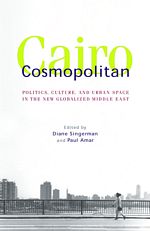
– Abstract:
Urban life in Cairo manages to articulate its own local responses. If some green spaces dot the landscape of the city and its suburban area, it is the not-peripheral (and quite green) zoo that the popular classes adore, especially during holidays. The popular passion for the zoo and the way it is used today were not defined in the original vision for this park. The Zoological Garden was conceived within the same paradigm as the other gardens of the downtown area. This chapter discusses certain public spaces in Cairo that respond to the imperatives of spatial openness and accessibility, particularly the Giza zoo, with some comparison with the popularly claimed areas of wust al-balad, Cairo’s central business district. Both spaces are very much frequented by the popular classes according to specific rhythms. These public spaces are where one goes to amuse oneself in a liberated, disinterested, and hedonistic way.
– First paragraph of the chapter:
The crowd is dense, circulating around the exhibits, eddying between the monkey cages and the barriers that protect the patches of lawn. It is the second day of post-Ramadan holidays at the Giza Zoo. Hundreds of picnicking families and romantic couples get up from off lawn that is technically “closed to the public.” Using a thick black hose, a zoo gardener inundates the area with a spray of water. “Move out! Stay outside!” But hardly has he turned his back to pick up some trash, when visitors again cross the border of this little island of green, walking with precaution toward the center of what is now a marsh in the middle of which rises a floral composition of palms and cement. Among the adventurers, two young couples: the boys are carrying cameras, and the two girls wearing head-scarves pick up their long skirts a little in order not to spot them with mud. Together, the two girls pause in front of the palms, but this is only the preliminary to a more studied pose. The competing adolescents are already monopolizing a useful part of the decor (the trunk of a dead tree): “Give me my dark glasses for the photo!” One of the couples decides to pose farther away, where the sunlight of the end of the day pierces some foliage. The boy and the girl lean symmetrically on one of the park’s floral lamps; the plants form the backdrop. The girl readjusts her blouse, smooths down her dress, straightens the pleats of her skirt and, finally, immobile, both of them look straight ahead at the camera lens. A little ill at ease, the boy only brightens his expression at the instant of the flash. The girl, gently smiling, seems defiant. Following the flash, the pose is kept a few seconds too long. Then all seem relieved.
– Download the chapter in pdf format:
- The Giza Zoo
- Re-Appropriating Public Spaces, Re-Imagining Urban Beauty (Cairo Cosmopolitan, 2006, AUC Press)
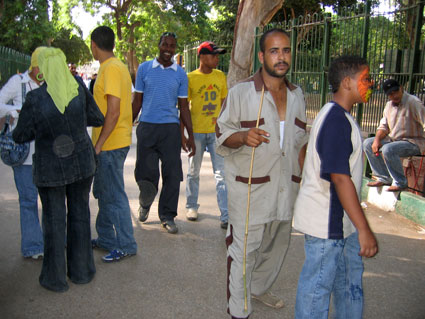
- Giza Zoo, Cairo. 2nd Sept., 2005.
– See a critic of the book in Al-Ahram Weekly online, a Cairo based newspaper:
![]()
http://weekly.ahram.org.eg/2006/802...
– See another critic of the book on the blog avantcaire:
![]()
http://www.avantcaire.com/2008/11/1...
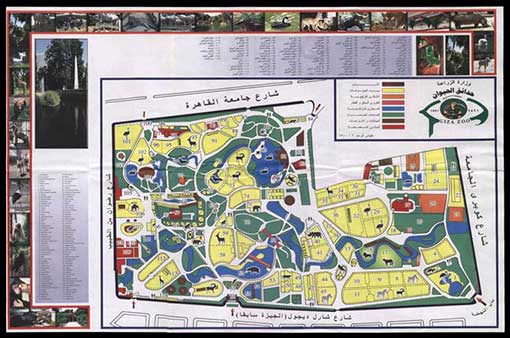
- Official map of the Giza zoo
Just say that the title was first: Popular Classes and Publics Spaces: the Giza Zoo,
Then it changed by the editors to: The Giza Zoo and the Survival of Alternative Popular Spaces and Modes of Consumption,
And now to: The Giza Zoo: Re-Appropriating Public Spaces, Re-Imagining Urban Beauty.
– Table of contents of the volume Cairo Cosmopolitan: Politics, Culture, and Urban Space in the New Globalized Middle East:
| Contributors | xi | |
| Acknowledgments | xv | |
| Introduction: Contesting Myths, Critiquing Cosmopolitanism, and Creating the New Cairo School of Urban Studies Diane Singerman, and Paul Amar | 1 | |
| Cairo: The City Cosmopolitan | ||
| 1 | Cairo as Neo-Liberal Capital? From Walled City to Gated Communities Eric Denis | 47 |
| 2 | Cairo as Capital of Socialist Revolution? Omnia El Shakry | 73 |
| 3 | Cairo as Regional/Global Economic Capital? Leila Vignal, and Eric Denis | 99 |
| 4 | Cairo as Global/Regional Cultural Capital? Said Sadek | 153 |
| Cairo Consumer and Investor Geographies | ||
| 5 | Egyptianizing the American Dream: Nasr City’s Shopping Malls, Public Order, and the Privatized Military Mona Abaza | 193 |
| 6 | Cafe Latte and Caesar Salad: Cosmopolitan Belonging in Cairo’s Coffee Shops Anouk de Koning | 221 |
| 7 | From Dubai to Cairo: Competing Global Cities, Models, and Shifting Centers of Influence? Yasser Elsheshtawy | 235 |
| 8 | Keeping Him Connected: Globalization and the Production of Locality in Cairo Farha Ghannam | 251 |
| Cairo Heritage and Touristic Globalization | ||
| 9 | Reconstructing Islamic Cairo: Forces at Work Caroline Williams | 269 |
| 10 | Urban Transformations: Social Control at al-Rifai Mosque and Sultan Hasan Square{ Yasser Elsheshtawy} |295 |
| 11 | Pyramids and Alleys: Global Dynamics and Local Strategies in Giza{ Petra Kuppinger} |313 |
| 12 | Belle-epoque Cairo: The Politics of Refurbishing the Downtown Business District{ Galila El Kadi, and Dalila ElKerdany} |345 |
| |{{Cairo Subcultures and Media Contestation}} | |
| 13 | Upper Egyptian Regionally Based Communities in Cairo: Traditional or Modern Forms of Urbanization?{ Catherine Miller} |375 |
| 14 | Place, Class, and Race in the Barabra Cafe: Nubians in Egyptian Media{ Elizabeth A. Smith} |399 |
| 15 | When the Lights Go Down in Cairo: Cinema as Global Crossroads and Space of Playful Resistance{ Walter Armbrust} |415 |
| 16 | A Round Trip to Ismailiya: Cairo’s Media Exiles, Television Innovation, and Provincial Citizenship Fanny Colonna |
445 |
| Cairo Celebratory Spaces and Vernacular World-Crossing | ||
| 17 | Mulids of Cairo: Sufi Guilds, Popular Celebrations, and the ’Roller-Coaster Landscape’ of the Resignified City Anna Madœuf | 465 |
| 18 | The Giza Zoo: Reappropriating Public Spaces, Reimagining Urban Beauty Vincent Battesti | 489 |
| 19 | Egypt’s Pop-Music Clashes and the ’World-Crossing’ Destinies of Muhammad ’Ali Street Musicians Nicolas Puig | 513 |
| Afterword: Whose Cairo? Nezar AlSayyad | 539 |
– A special thank you to the volume’s editors for the their kindness.
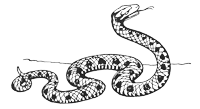

 vbat.org
vbat.org


